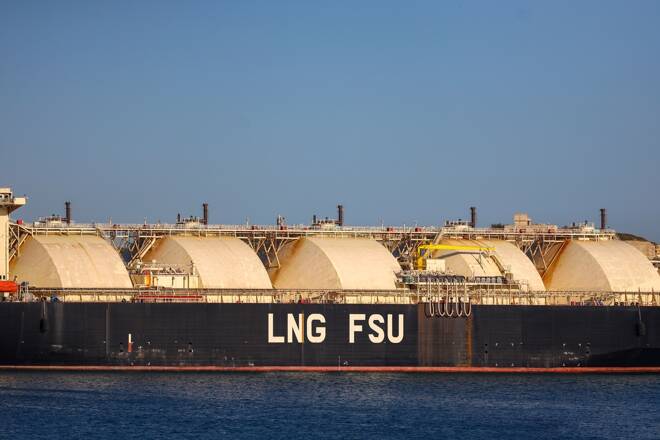Advertisement
Advertisement
Natural Gas Price Fundamental Daily Forecast – Shorts in Control Despite Hotter Forecasts
By:
Last week, gas speculators boosted their net short positions to the most since March 2020, according to the U.S. CFTC's Commitments of Traders.
Natural gas futures are trading lower on Tuesday, just slightly above a two-week low reached the previous session. Prices are being dragged lower by weakness in the crude oil market and an increase in gas output to record levels.
The price action continues to confound bullish traders who are betting hotter weather over the next two weeks than previous expected will final drive the market through the elusive $10 level over the near-term.
At 12:45 GMT, September natural gas futures are trading $7.960, down $0.323 or -3.90%. On Monday, the United States Natural Gas Fund ETF (UNG) settled at $28.50, down $0.12 or -0.42%.
Shorts Controlling the Trade
One reason why natural gas is struggling is that buyers are being met with strong opposition from short-sellers, most likely hedgers trying to lock in a profitable price. Last week, gas speculators boosted their net short futures and option positions on the NYMEX and Intercontinental Exchanges to the most since March 2020, according to the U.S. Commodity Futures Trading Commission’s Commitments of Traders.
If these short-sellers decide to dig in, the market is going to have a hard time rallying through the recent highs at $9.419 and $9.598. Not only will the shorts have to be taken out, but enough new buyers are going to have to come in to drive prices higher.
One thing about having a massive amount of shorts in the market, it could become oversold fairly quickly.
Refinitiv Reports Big Rise in Output
Data provider Refinitiv said average gas output in the U.S. Lower 48 States jumped to a record 96.7 bcfd in July from 95.7 bcfd in June. That compares with the prior all-time high of 96.1 bcfd in December 2021.
With hotter weather expected, Refinitiv projected average U.S. gas demand including exports would rise from 99.7 bcfd this week to 100.7 bcfd next week.
Daily Forecast
The early price action on Tuesday suggests traders are looking for value and that the short-sellers are in control. This could lead to a test of the short-term support zone at $7.372 to $6.888. Since the main trend is up, buyers could come in on a test of this area.
If they pass on the first support then look for the market to continue to slide into the longer-term support zone at $6.557 to $5.839.
For a look at all of today’s economic events, check out our economic calendar.
About the Author
James Hyerczykauthor
James Hyerczyk is a U.S. based seasoned technical analyst and educator with over 40 years of experience in market analysis and trading, specializing in chart patterns and price movement. He is the author of two books on technical analysis and has a background in both futures and stock markets.
Advertisement
